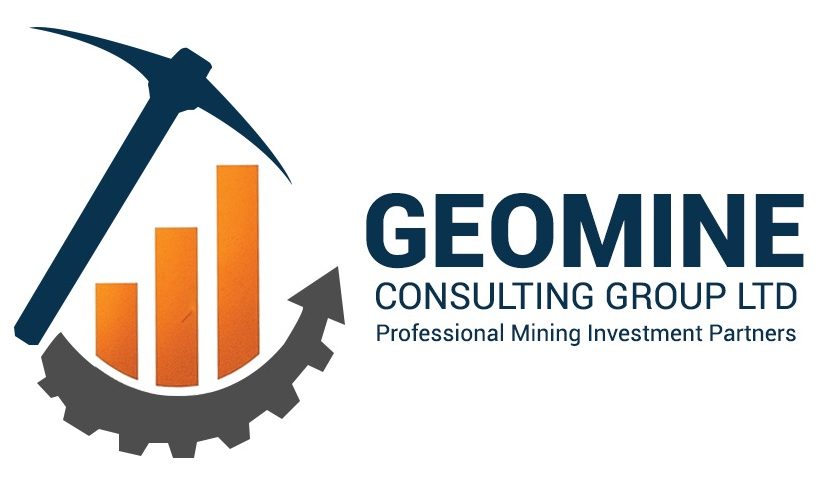Original Equipment Manufacturers (OEMs) and Africa’s Mining Future: Why Partnerships Matter
Who are OEMs?
Original Equipment Manufacturers (OEMs) are the backbone of modern mining. They design and supply the machinery, tools, and technologies that enable exploration, extraction, processing, and safety. From earthmoving giants like Caterpillar and Komatsu, to mineral processing innovators such as Metso Outotec and FLSmidth. OEMs set the pace for productivity and safety across the mining industry.
But OEMs are not only about machines. Increasingly, they are expected to provide after-sales support, training, and environmental solutions that help mines meet today’s ESG (Environmental, Social, and Governance) standards. In regions like Africa, where mining serves as both a growth engine and a community lifeline, this role is even more crucial.
Africa’s Growing Market for Mining Machinery
Africa’s mining industry is transforming. While the continent has always been resource-rich, the last decade has seen a surge in demand for modern machinery and technologies. According to Mordor Intelligence (2024), the African mining equipment sector is projected to grow at a 4.24% Compound Annual Growth Rate (CAGR) between 2024 and 2030. Several factors fuel this growth:
- There is a growing demand for critical minerals such as lithium, cobalt, nickel, and rare earths for clean energy technologies.
- Expansion of mid-tier mining firms alongside artisanal and small-scale mining (ASM) formalisation: Kenya, Tanzania, and Uganda are scaling up gold mining operations, with Tanzania already producing over 51.8 tonnes annually (World Gold Council, 2023).
- Increased infrastructure development in East Africa is creating demand for aggregates, cement, and construction materials.
- Push for sustainability: Governments and investors require mines to reduce emissions, recycle water, and improve safety, creating demand for advanced OEM solutions
This growing market is attracting OEMs who want to tap into Africa’s potential. But success requires more than just delivering machinery.
Why OEMs Must Understand Africa’s Mining Ecosystem
Mining in Africa is not a one-size-fits-all environment. Each country has distinct regulatory frameworks, cultural approaches to mining, and varying levels of technical expertise. Unlike other regions, it is defined by the coexistence of large-scale mining firms and millions of artisanal and small-scale miners (ASM). For OEMs, this means that success depends on more than technology; it requires understanding and adapting to the ecosystem:
- Mining Communities: In Migori, Kakamega (Kenya) or Geita (Tanzania), mining is not just business; it is a livelihood. OEMs that respect community dynamics and involve miners in transitions from artisanal to formalised systems win long-term trust.
- Mining Culture: Negotiations and business relationships are rooted in trust and cultural awareness. A “one-size-fits-all” sales approach rarely works.
- Technology Sharing: Mines in Africa are hungry for knowledge. OEMs that provide training and capacity-building alongside machinery can secure long-term clients.
Ignoring these realities often leads to poor adoption of technology, wasted investment, and reputational damage. In other words, context matters as much as technology.
Why OEMs Need Local Expertise
Partnering with local experts is the most effective way for OEMs to navigate Africa’s mining landscape. Consultants, regional networks, and technical advisors provide insights that OEMs cannot access from abroad. These experts:
- Identify projects that are ready for advanced equipment.
- Advise on regulatory pathways in Africa.
- Support cultural adaptation and stakeholder engagement.
- Ensure after-sales services are aligned with local realities.
Without this guidance, even the most innovative equipment can remain underutilised or rejected altogether..
Examples of OEM Solutions in Mining
- Heavy Machinery: Caterpillar, Komatsu and SANY supply excavators, haul trucks, and loaders critical to both large and small-scale mines.
- Processing Technologies: Metso Outotec and FLS provide systems for dewatering, filtration, and mineral recovery.
- Mining Software: Deswik and Micromine enable mine planning, modelling, and operational optimisation.
- Safety & Environment: Dräger offers mine ventilation and gas detection systems critical for underground operations.
- Media & Knowledge Sharing: Platforms like Mining Review Africa and Dig Deep – The Mining Podcast share product launches, interviews, and success stories, shaping perception and visibility.
How Geomine is Filling the Gap
This is where Geomine Global steps in. Headquartered in Nairobi and deeply rooted in East Africa’s mining ecosystem, Geomine bridges OEMs with African markets by:
- Building visibility: Showcasing OEM products through the Geomine website and regional digital campaigns.
- Market positioning: Highlighting OEM solutions at key trade fairs and industry events.
- Local expertise: Advising OEMs on compliance, culture, and stakeholder engagement to shorten sales cycles.
- Knowledge sharing: Onboarding African consultants and startups, ensuring technologies are not just imported but understood and applied sustainably.
Call to Action
Africa’s mining frontier is opening fast. The demand for sustainable, efficient, and reliable equipment will only grow as the region formalises its mining sector and pushes for global competitiveness.
For OEMs, success will not come from selling machines alone—it will come from understanding ecosystems, sharing knowledge, and building local partnerships.
Geomine Global exists to make that possible. By working with us, OEMs can reduce risk, accelerate adoption, and create long-term value in East Africa’s mining future.

